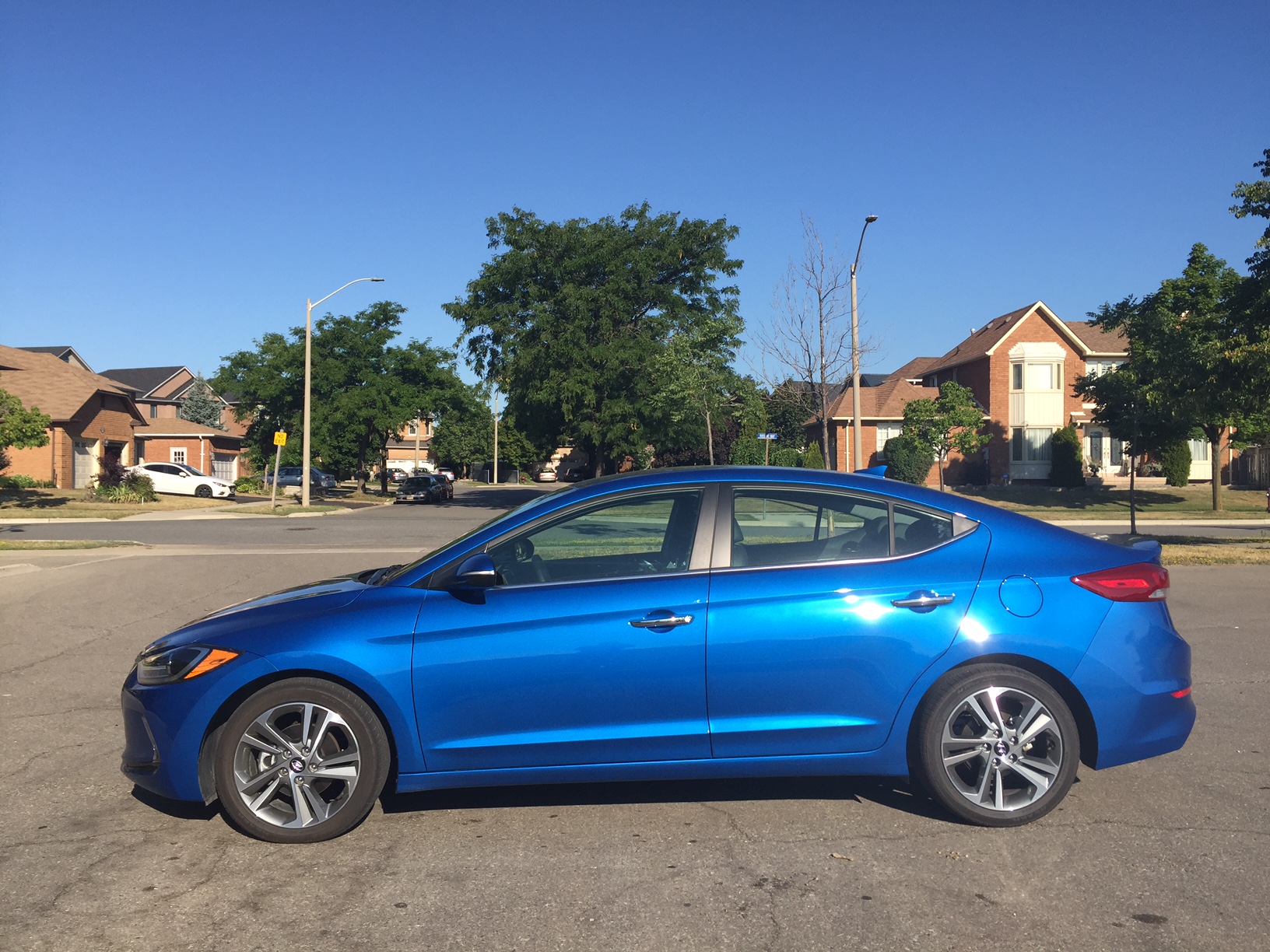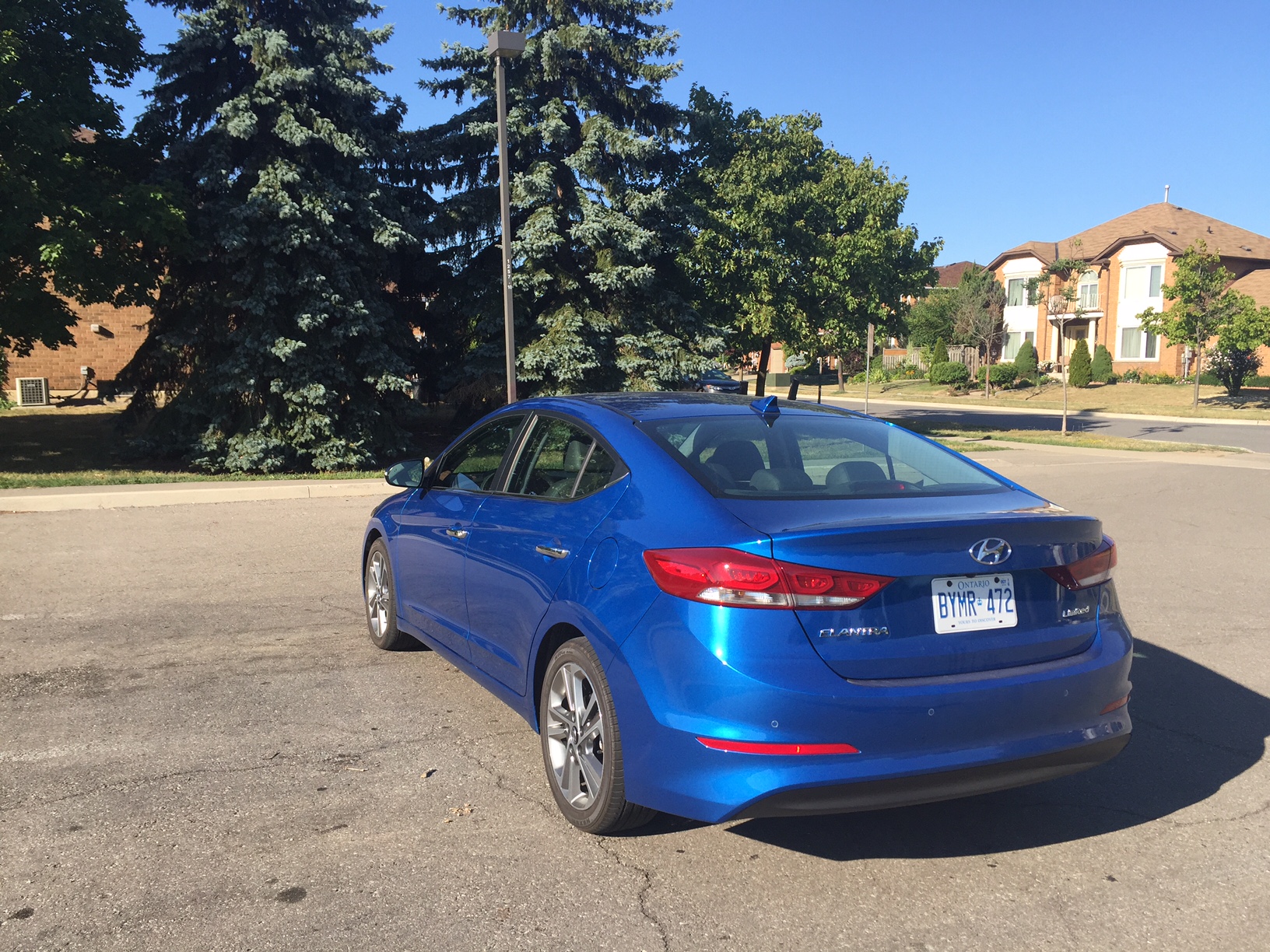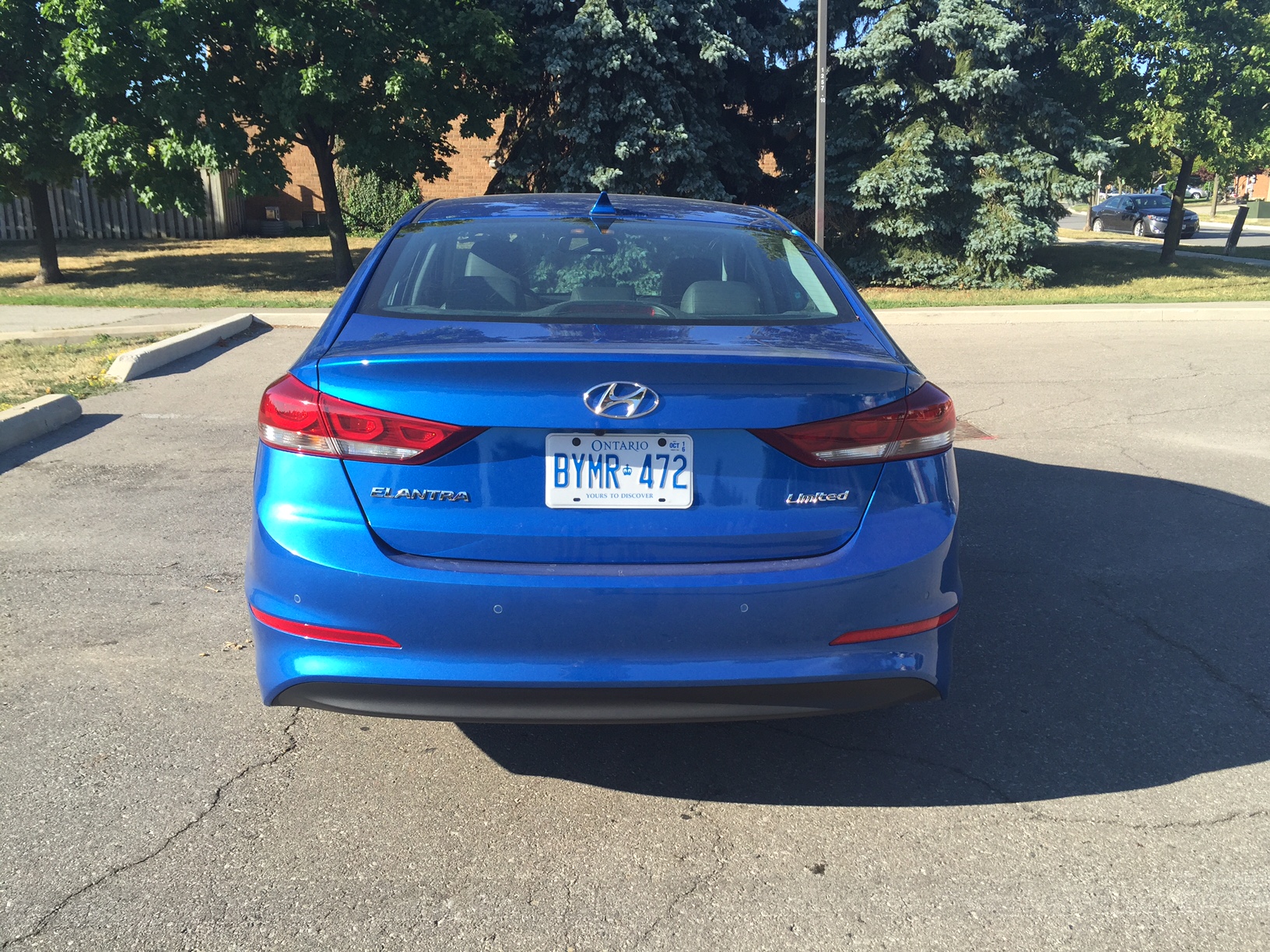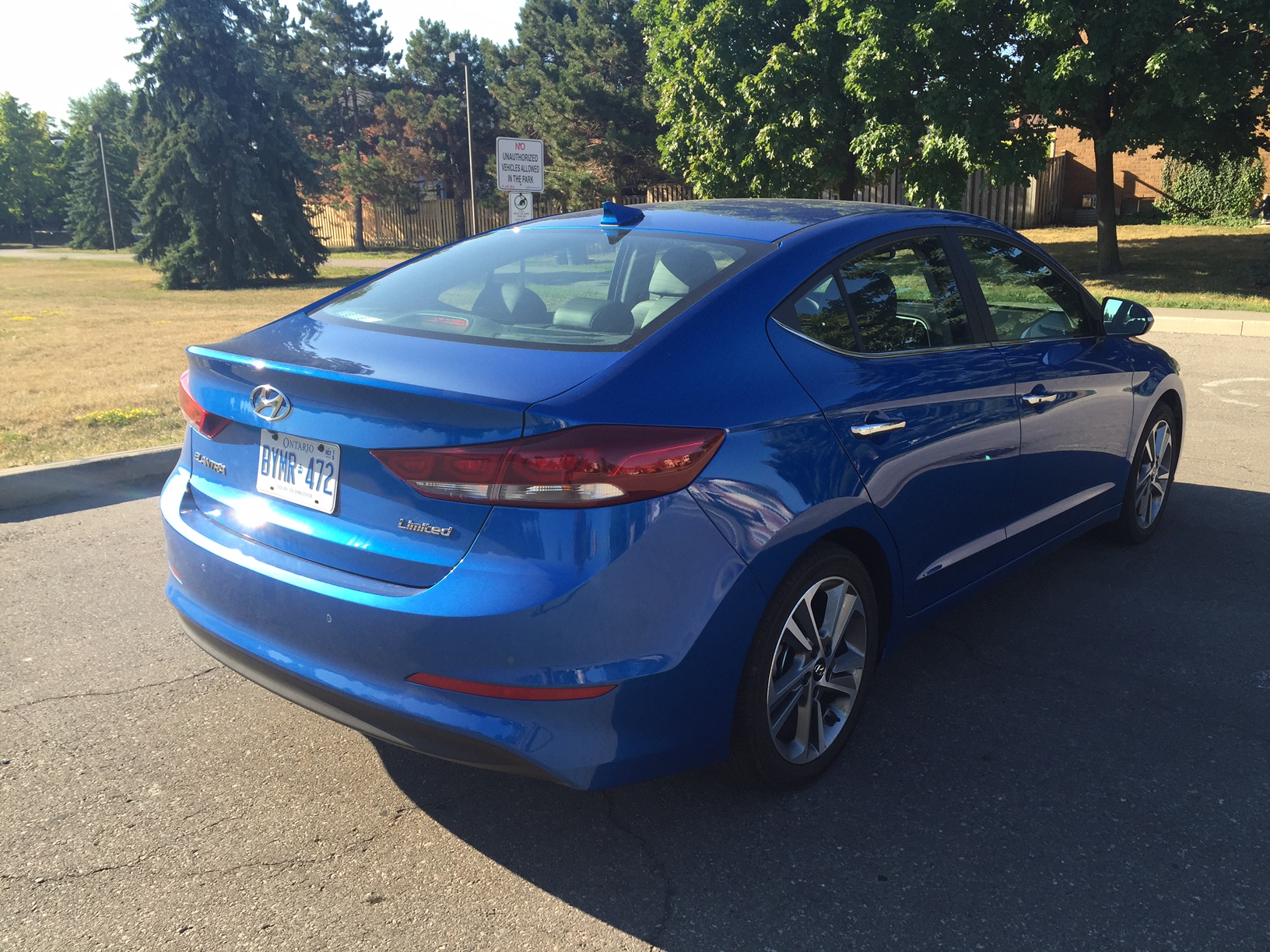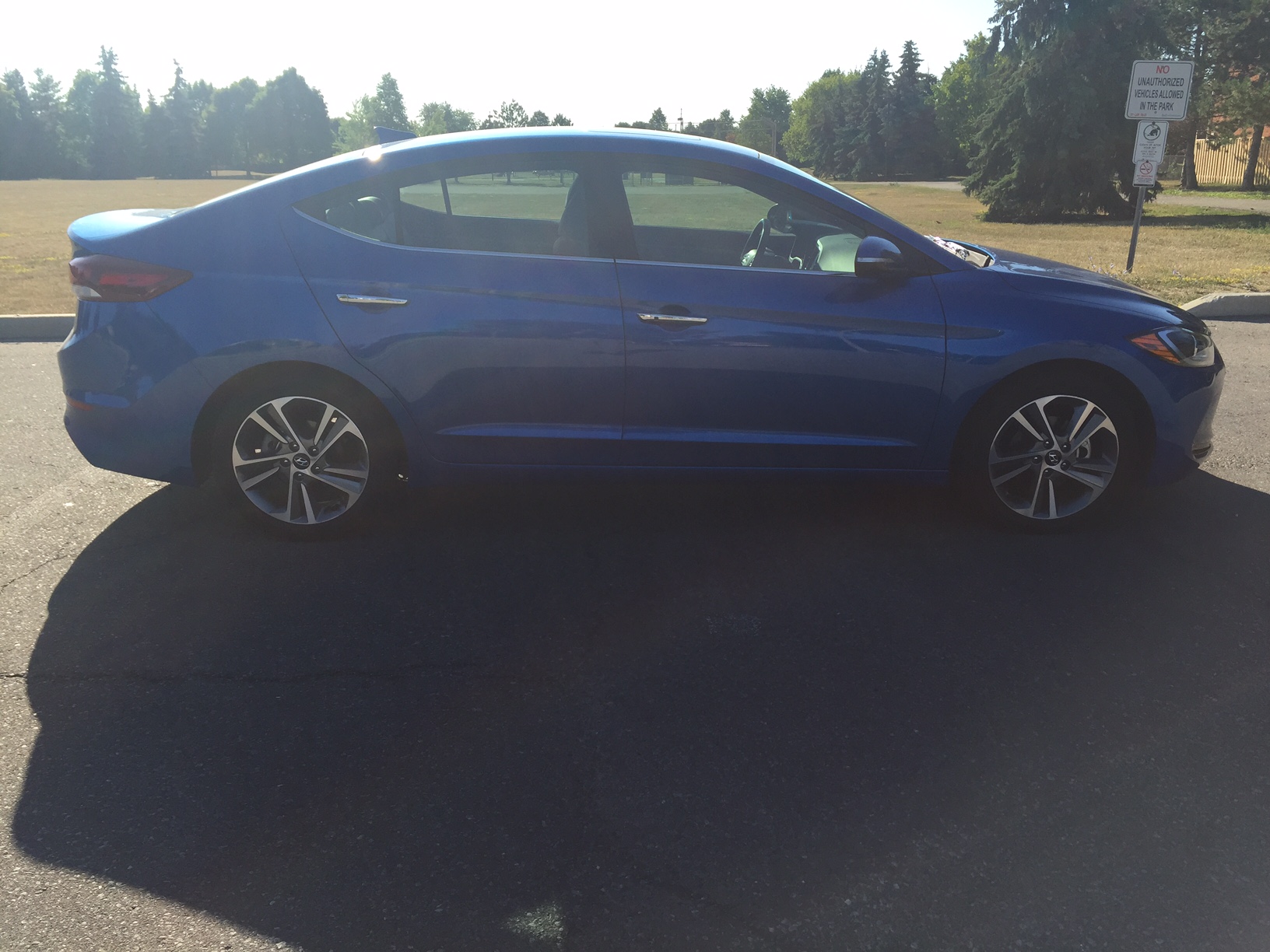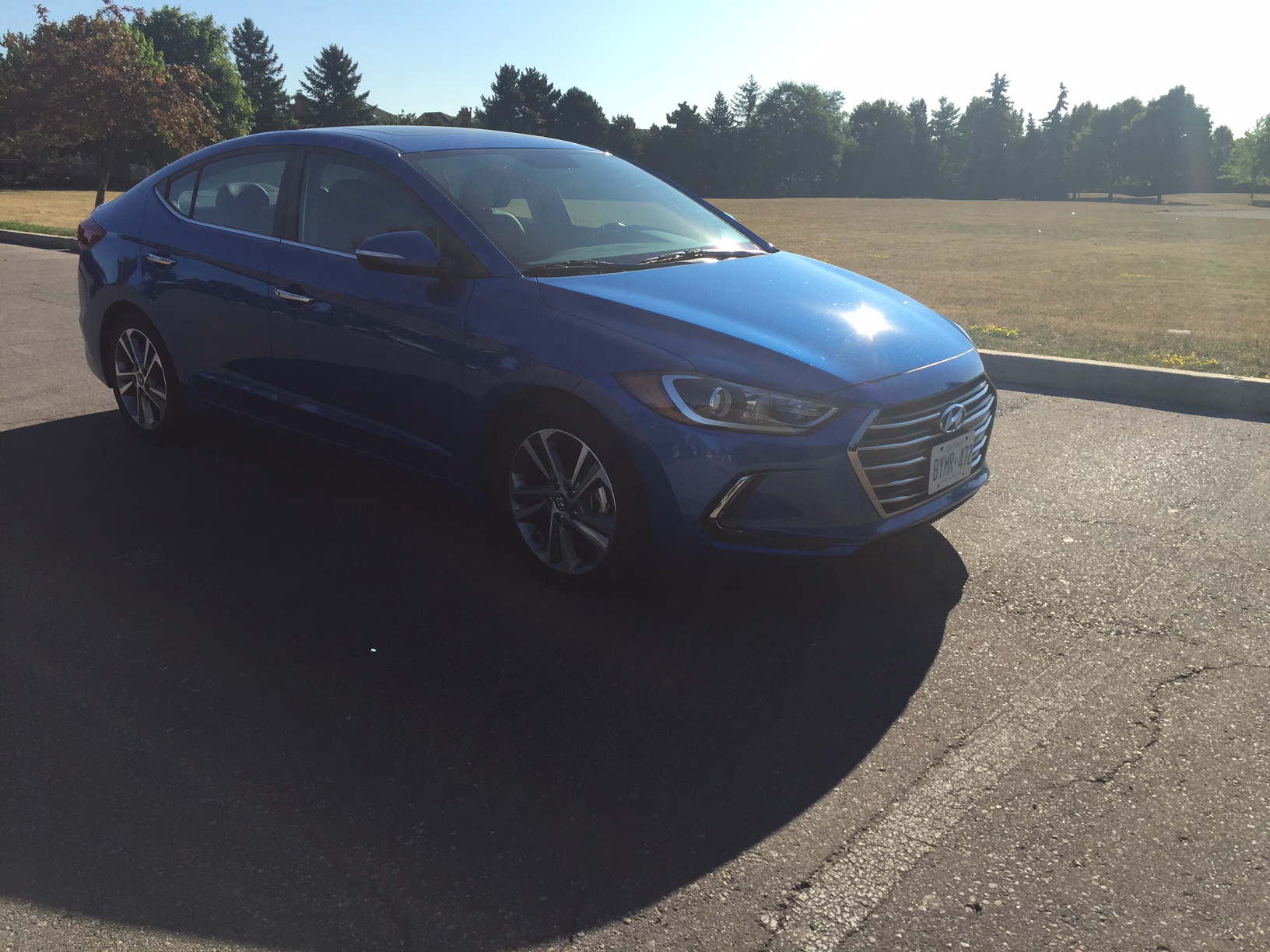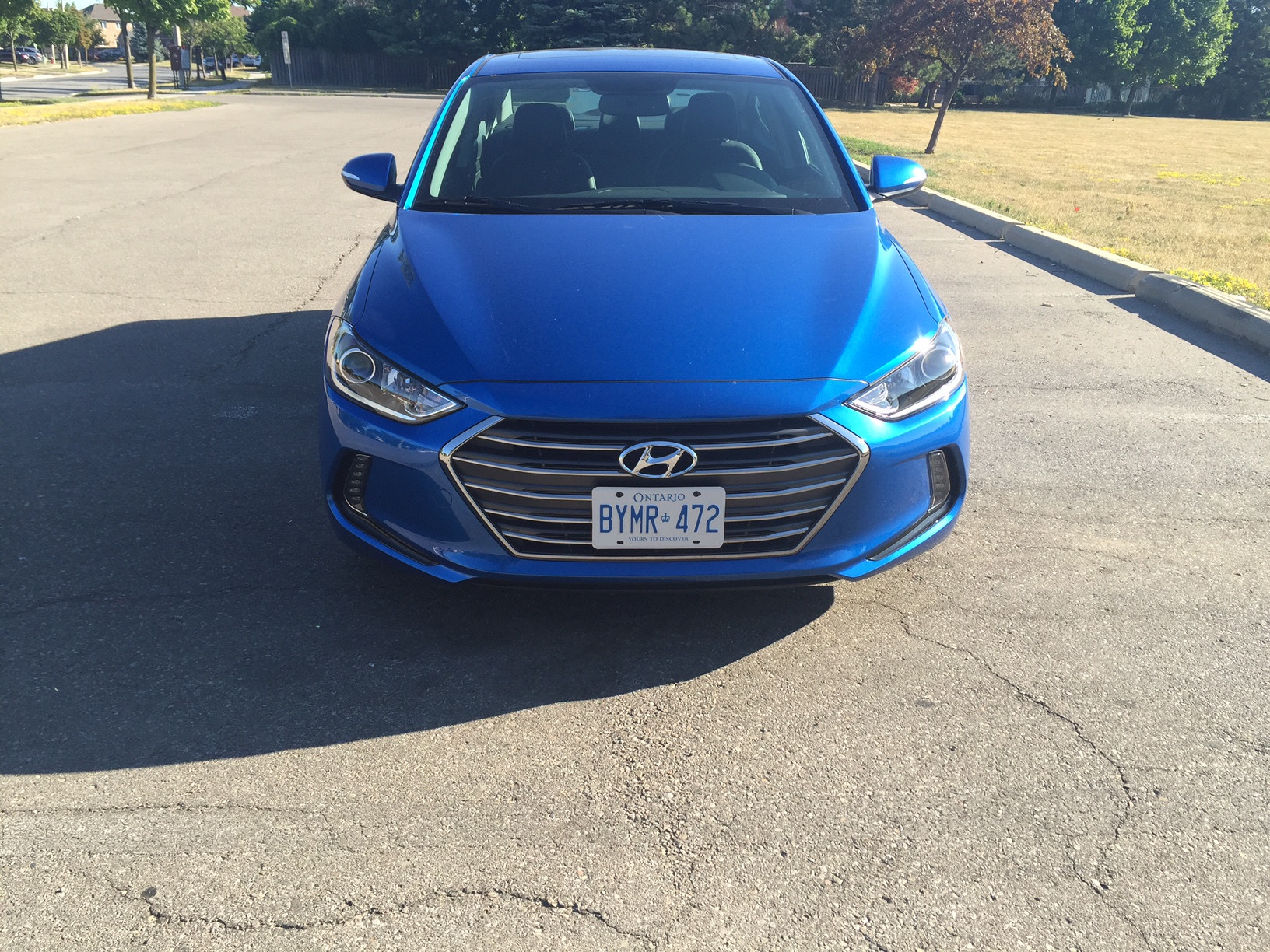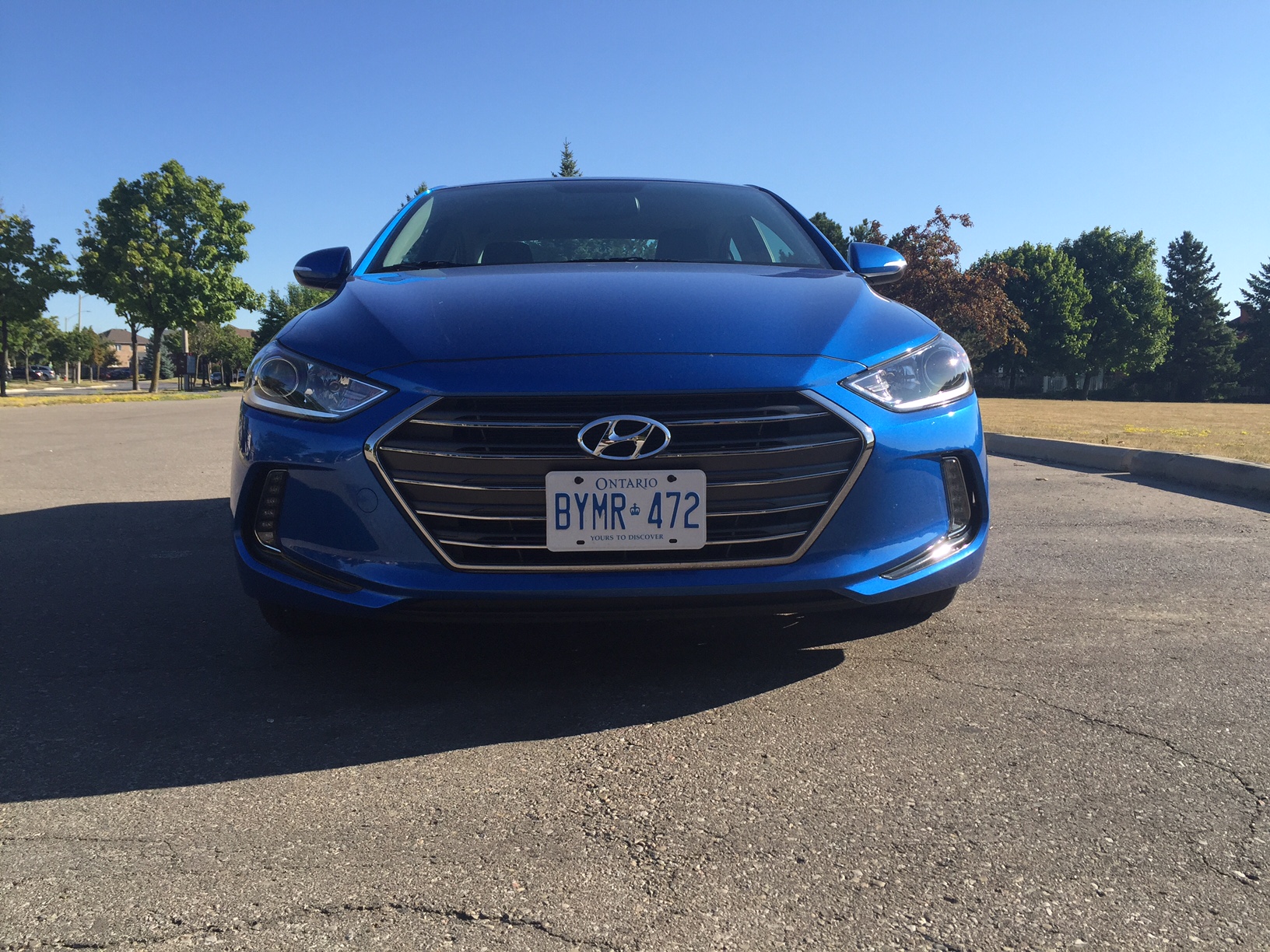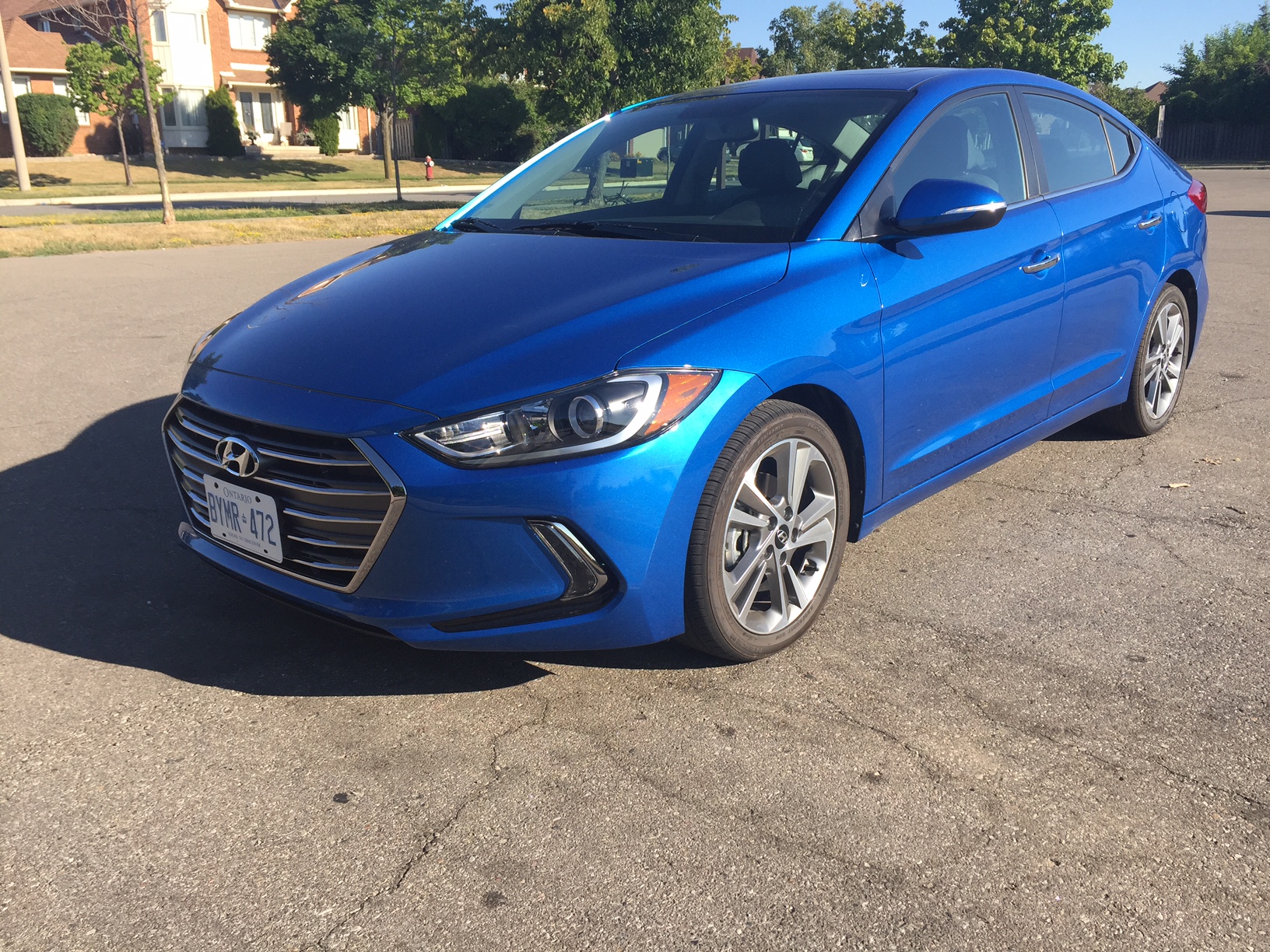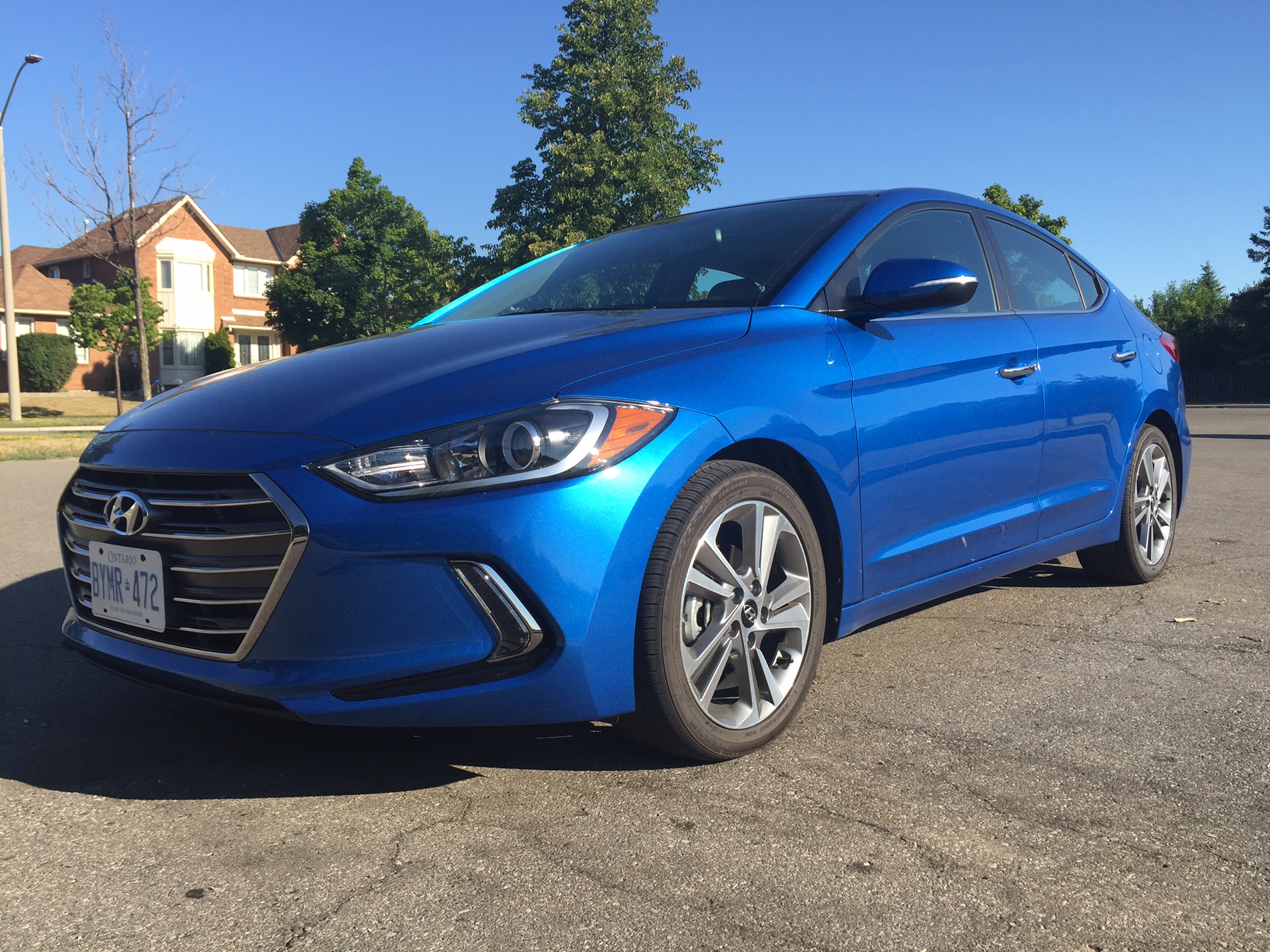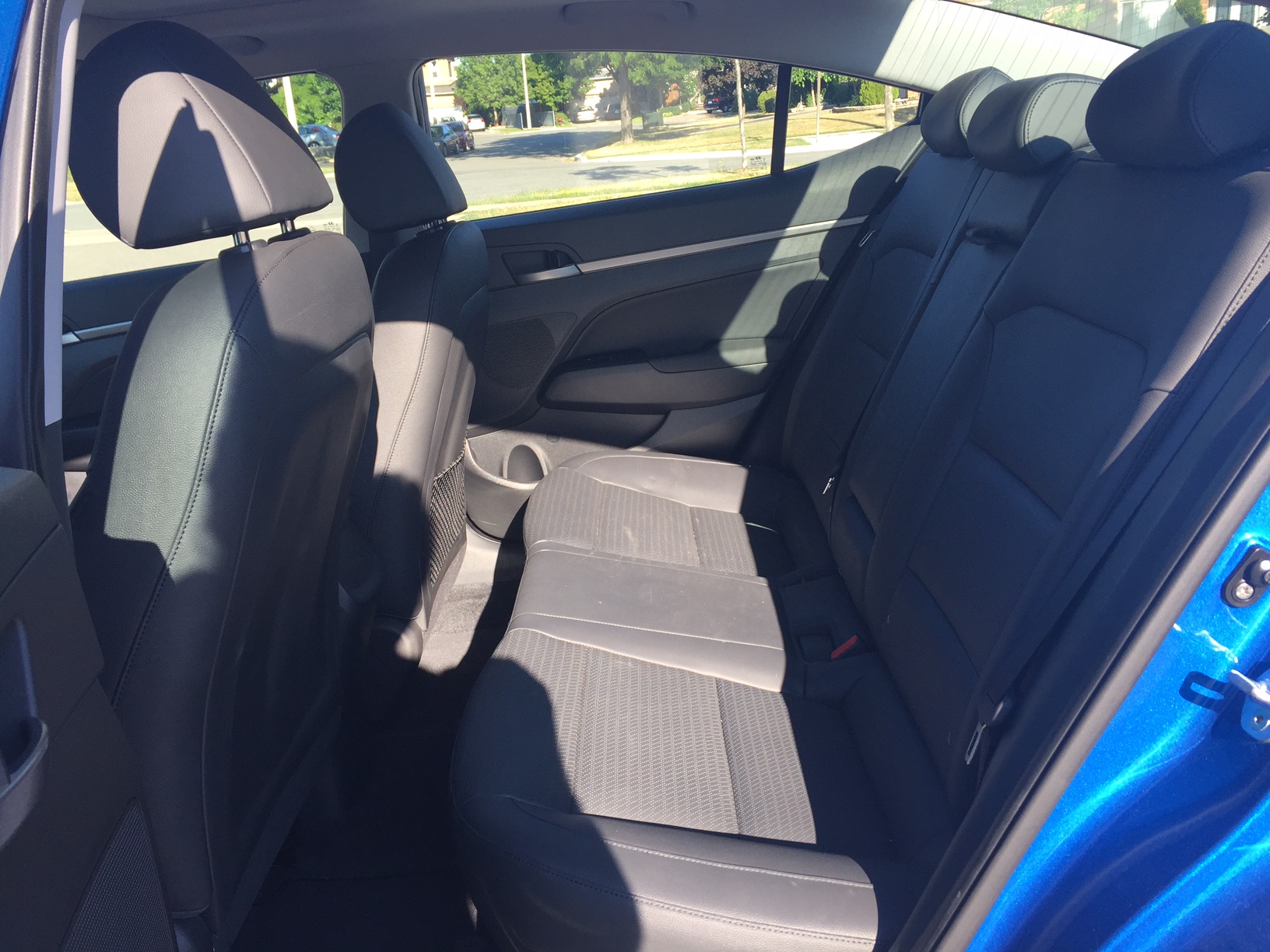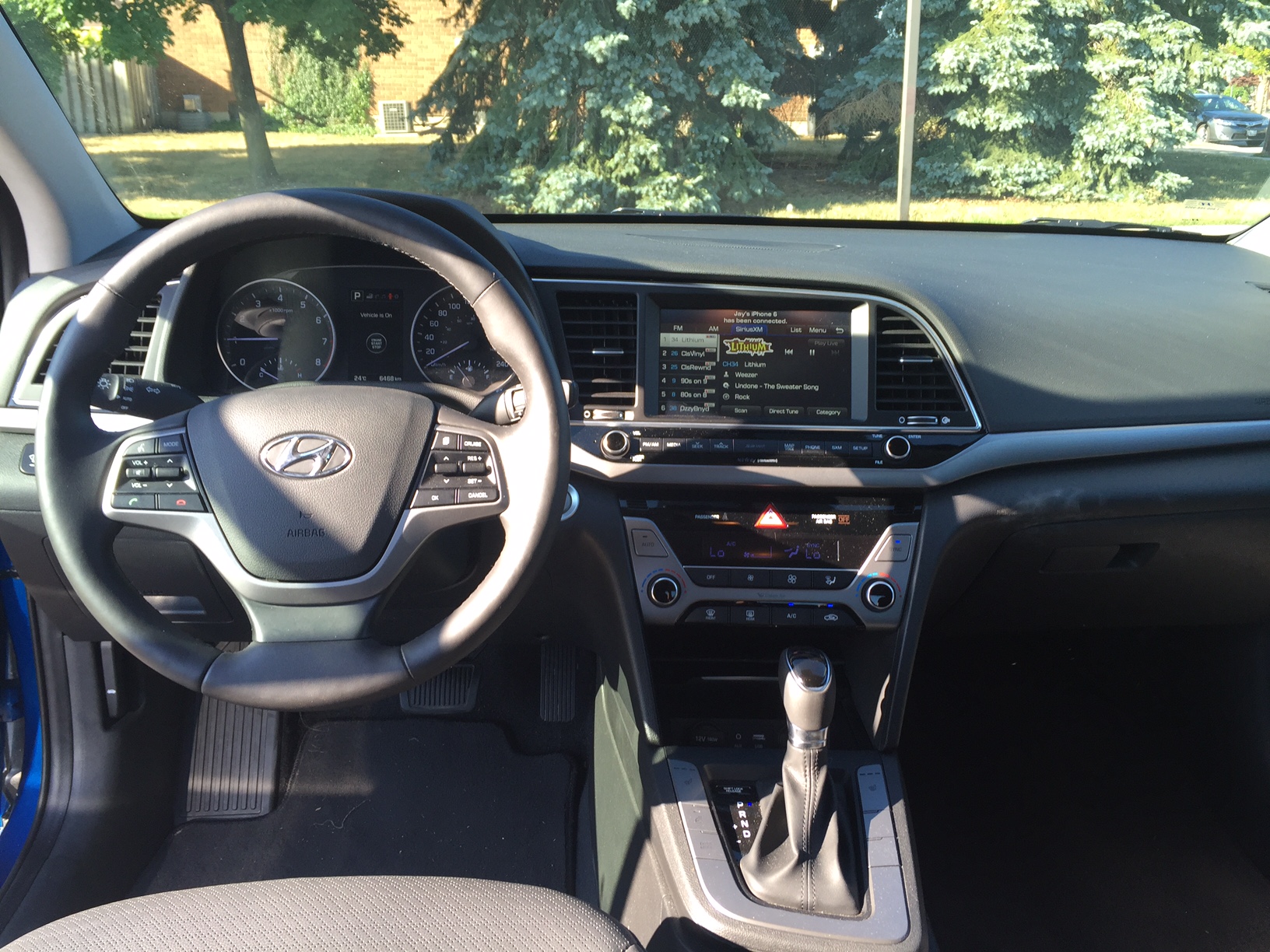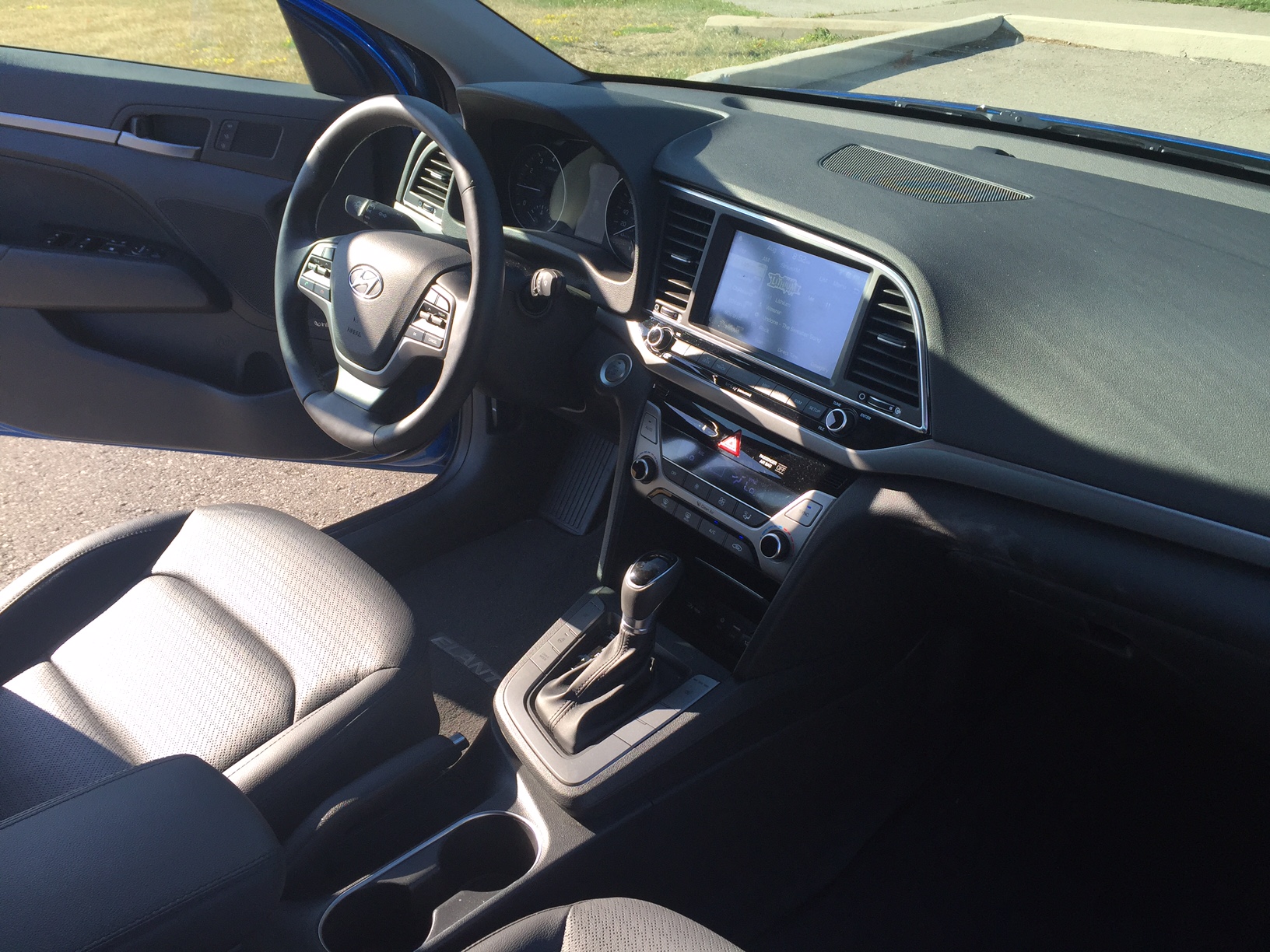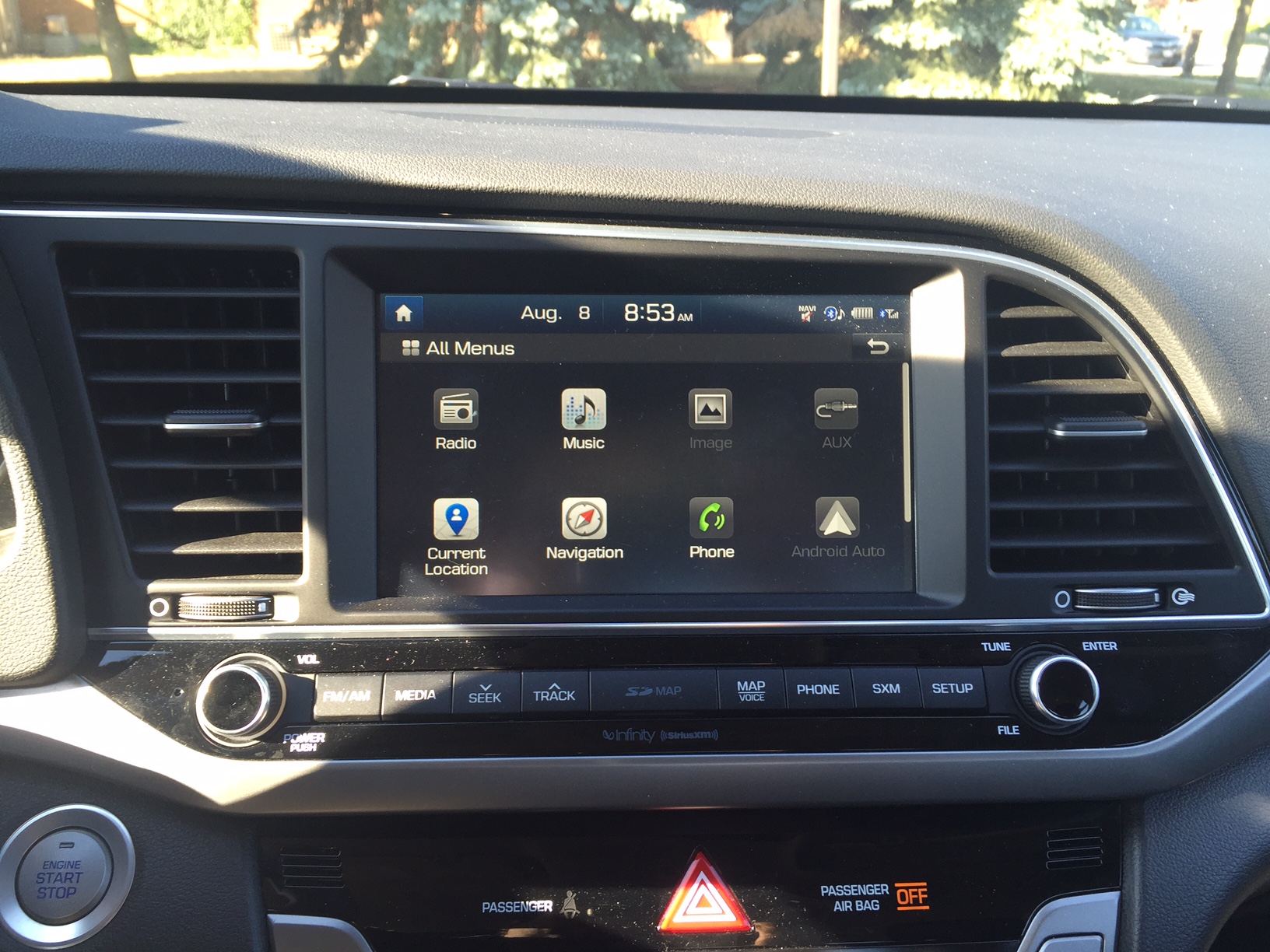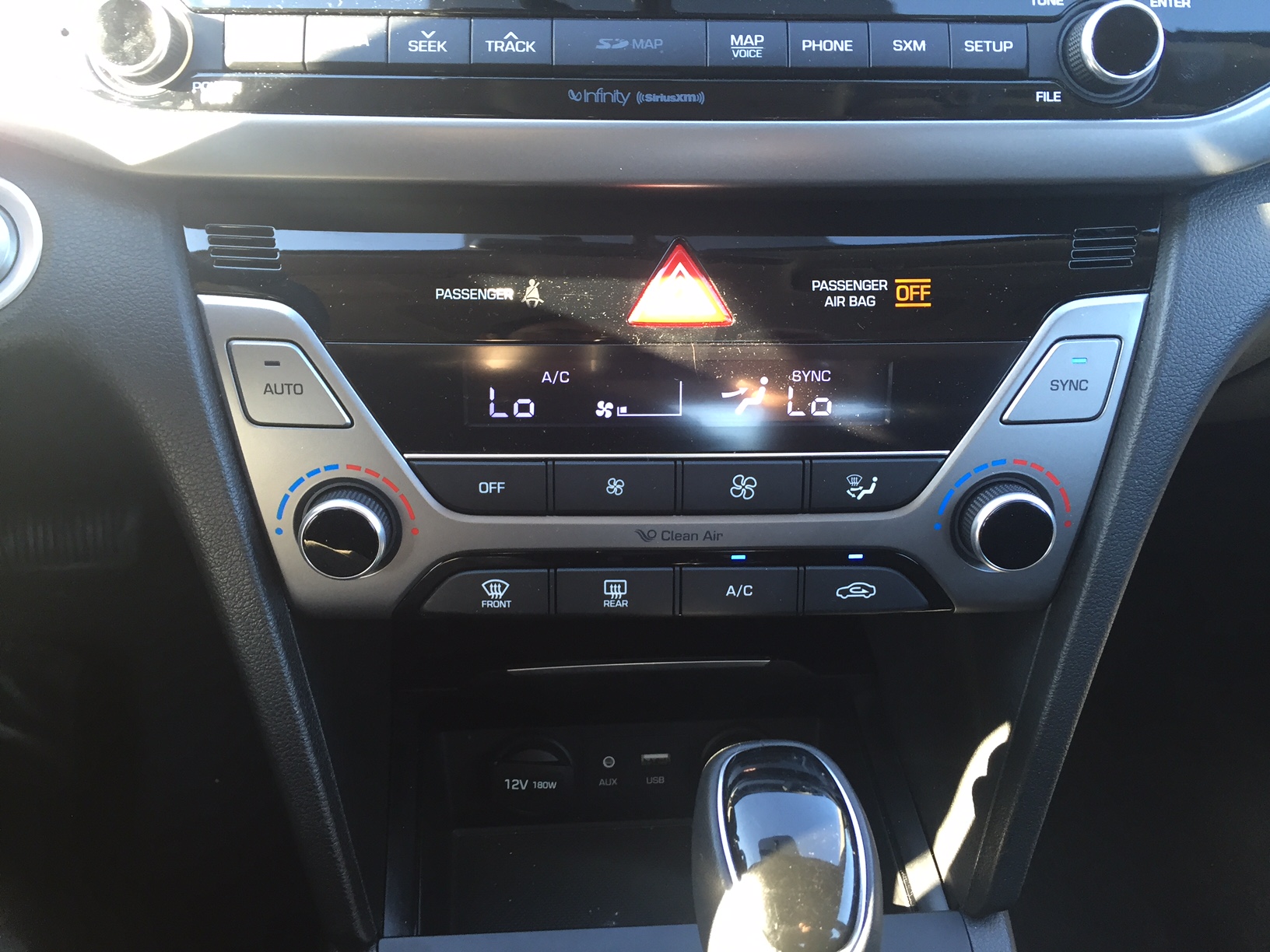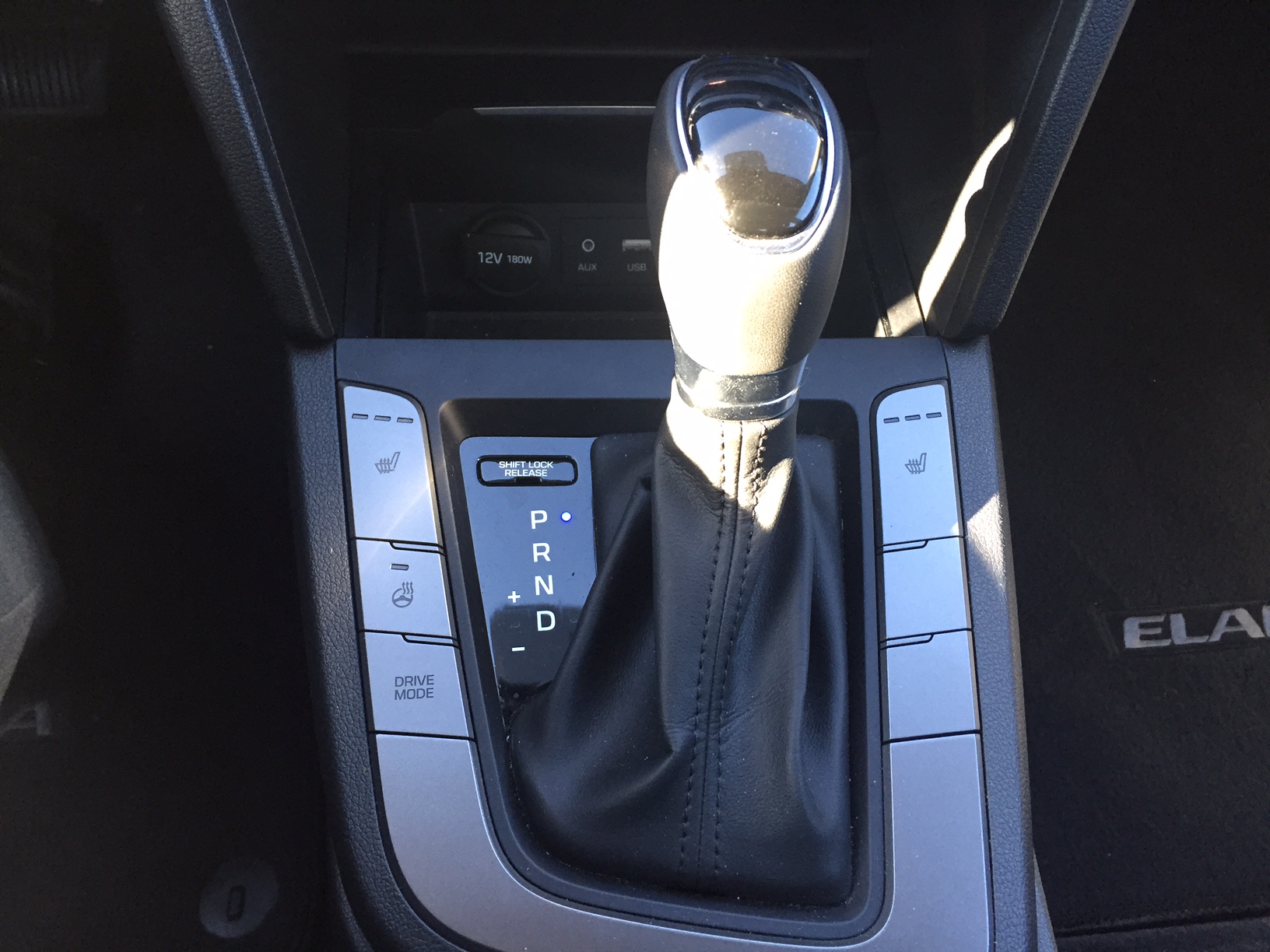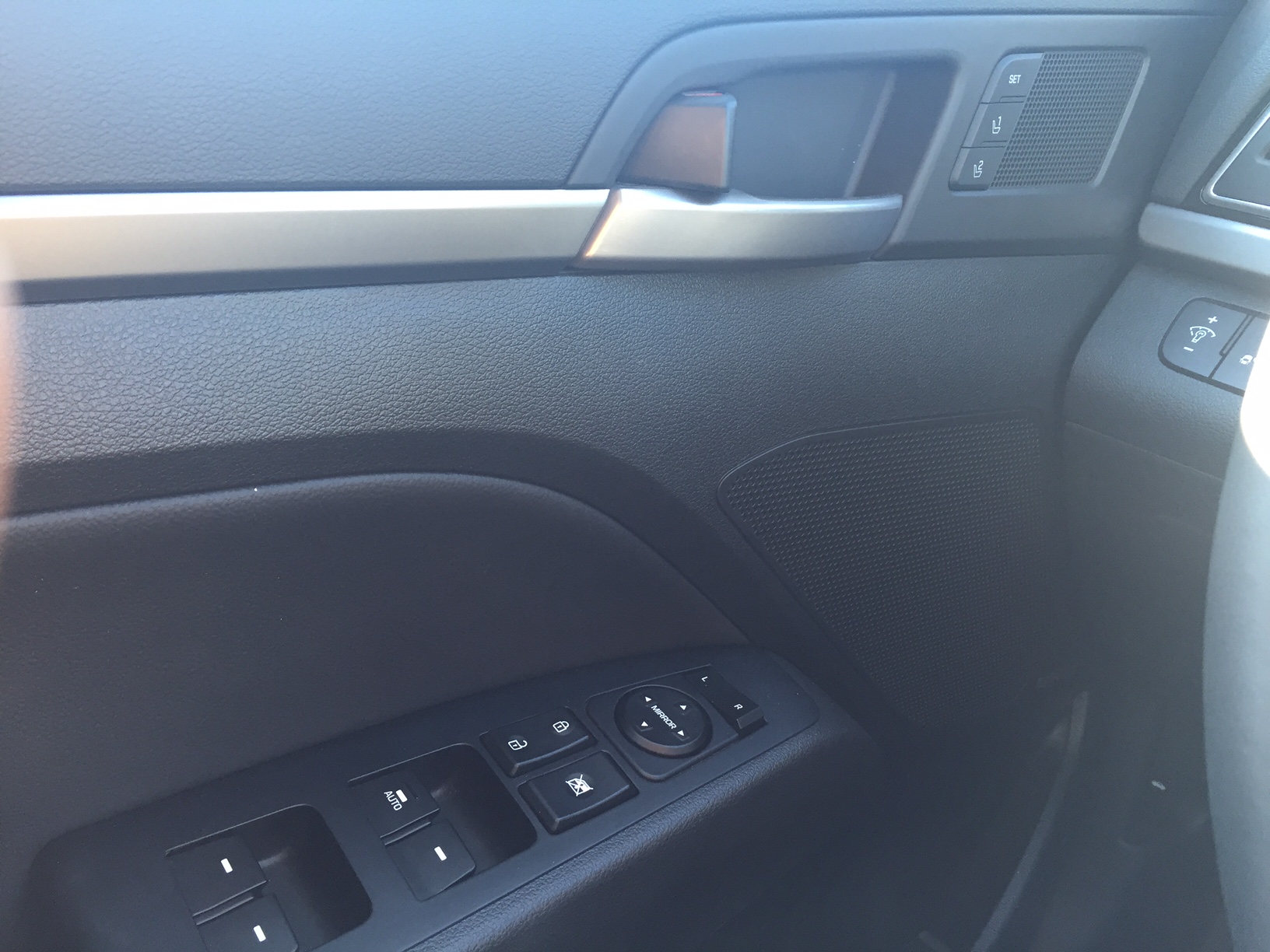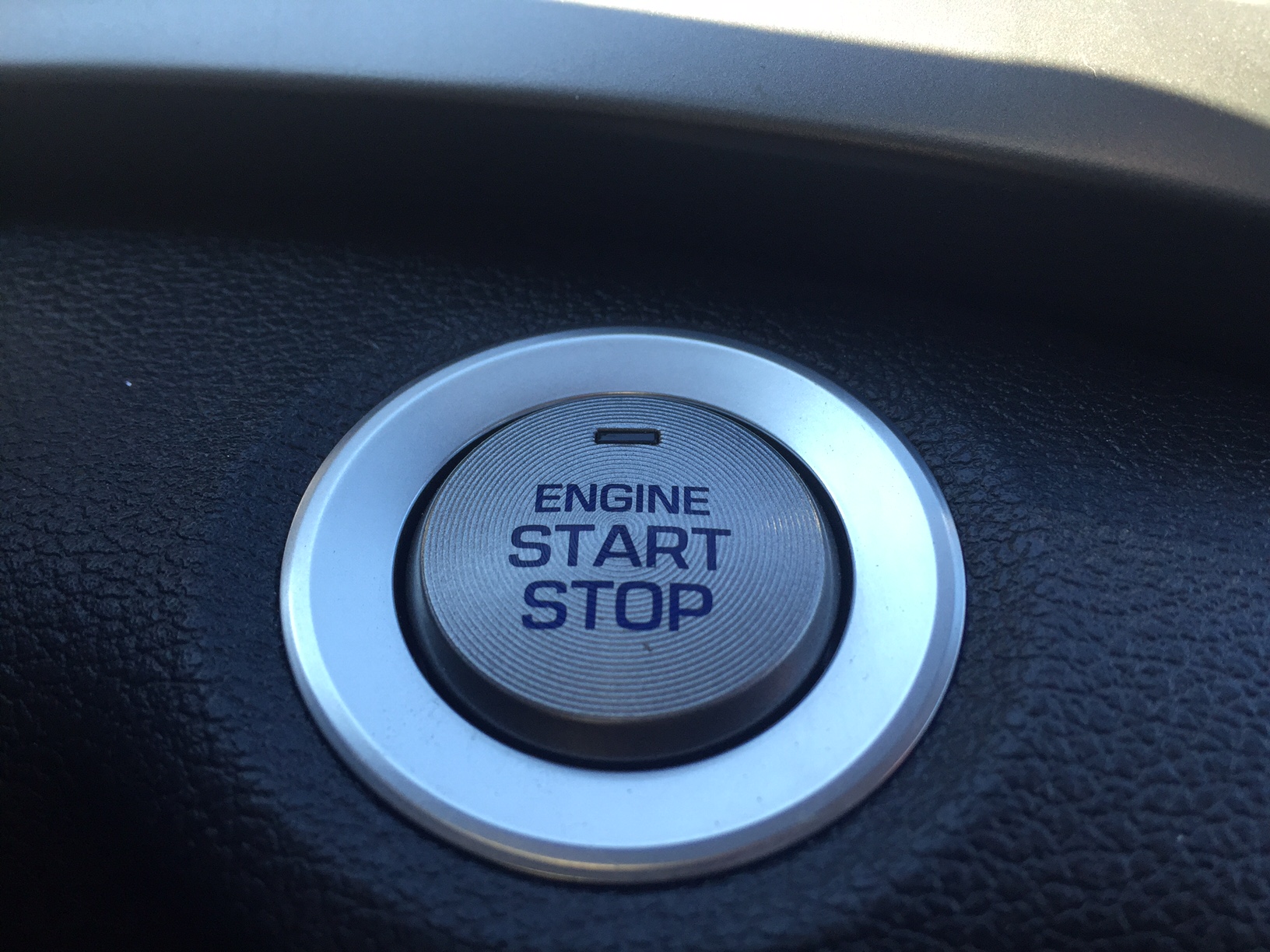Modern Motoring: Reviewing the 2017 Hyundai Elantra
/The first car I purchased was a 2002 Hyundai Elantra GT, which lasted a solid three years until it hit a deer on the Victoria Day weekend of 2005 in Scotrun, PA. Aside from the master cylinder having to be replaced three times, my first venture into automotive independence that I financed was wonderful. My girlfriend, Laura, drives a 2012 Elantra GT as well (it’s like we were meant to be) and absolutely loves it. It looks great, has plenty of space for all of her equine-related stuff and it replaced a 2011 Elantra sedan, so the italicized H folks have got her hook, line and sinker for loyalty.
I’ve watched the Elantra brand grow, even though I migrated to the Mazda 3 universe from 2005 until 2014 (when I flipped my 2010 Mazda 3 GT for a wicked-good 2004 top-trim manual Accord) and there have been some great steps forward (and some lateral moves). Overall, Hyundai’s work on the compact car segment has been well-received, and by simply seeing the high volume of new-ish Elantras on the road today, the driving public agrees.
For 2017, most won’t notice a huge difference from the outgoing model, but there are smoother lines, its overall length is up by 20mm, with width and height up by 5mm, and LED lights bookending the vehicle. There’s a definite distinction between it and the mid-sized Sonata, but at first glance, the Elantra gives off a “bigger than it seems” appearance. Hyundai Canada states: “a full underbody cover, an aerodynamic rear bumper bottom spoiler and rear deck lid designed with an expanded trunk edge contribute to an ultra-efficient 0.27 coefficient of drag, better than the Nissan Leaf.” Pretty impressive, methinks. Basically, Hyundai has played it safe with the exterior redesign with the “if it ain’t broke…” mentality. And that’s something I’m fully in support of.
Beneath the hood, the new Elantra has a single engine offering, which is a new (“Nu” as they brand it) 2.0L four-cylinder engine producing 147 horsepower and 132 lb-ft. of torque through a six-speed automatic transmission. The base L trim is the only one to offer a six-speed DIY gearbox. A carryover “Eco, Normal, Sport” drive mode select still gives you options depending on your driving habits and conditions. Hyundai consolidated its two previous engine choices into this one, and fuel economy rates at 8.3 city, 6.4 highway and 7.4 combined for L/100km, which is respectable in this class. As always, real world driving conditions will illustrate fluctuations after filling up with 53L of regular gas.
The drive itself is safe and predictable, which isn’t a bad thing. Acceleration is a smooth with adequate power for its class but you’ll definitely hear it, despite the strong efforts to quiet the cabin (which we’ll get into soon). Steer the Elantra through relatively conservative routes and you’ll be rewarded handsomely. If you’re looking for tight cornering and superb handling, well, let’s just say that the Elantra engineers know to play to their design-based strengths and good looks. Not a shot at all. Rather, the Elantra has plenty of other great features to brag about other than the handling.
About that interior…
The 2017 Elantra’s interior is comfortable and easy to navigate, with familiarity coming from the outgoing model. As I’ve driven Laura’s car numerous times, I had a slight advantage regarding where things were and how easy it was to find and operate them. The Limited and Ultimate trims see an eight-inch touchscreen while the middle GL and GLS come with a seven-inch touchscreen. Personally, I’d do away with the seven-inch as there’s such a small difference. Heated front seats are standard, heated steering wheel comes on the GL and higher, and heated rear seats are in the GLS and higher. Bluetooth is available on all but the base L trim and if I had a say, I’d make it available trim-wide.
There’s plenty of storage space with cubbies and compartments, along with 407L of trunk space.
The seating is very comfortable and the overall interior boasts an upscale feel for a compact car. My tester was decked out in leather, which definitely helped. Even without the leather, the interior is inviting, and Hyundai has done well with offering the driver an easy to operate interior.
There is Android Auto support, but sadly, no Apple CarPlay - a curious oversight considering the US models support both. Perhaps it’ll be included in an upcoming model or available as an update down the road.
According to Hyundai, “The 2017 Elantra’s rigid chassis is now reinforced with 53 percent Advanced High-Strength Steel (up from 21 percent). This increased utilization results in a 29.5 percent improvement in torsional rigidity, which helps make fundamental improvements in vehicle ride and handling, quietness, and durability.” The short version is it’s stronger and quieter, which are two huge benefits.
There’s a full suite of advanced safety features (adaptive cruise, lane keeping/departing, forward collision warning, etc.) on the Ultimate trim while a backup camera and blind spot monitors come on the GL and higher trims.
With the base L in a manual gearbox starting at only $15,999 and the Ultimate coming in at $28,799 and six trims to choose from, there’s plenty of choice available for those wanting an Elantra. I had a great week of mixed driving and definitely noticed an improvement from Laura’s car to a degree (hers is the hatch while my tester was a sedan…no new hatch this year, folks). Hyundai’s played to their strengths well by offering a modern design, stellar interior and lots of available bells and whistles.
As I keep mentioning, Hyundai has built some great cars over the past few years that look great, drive well and are relatively affordable and the 2017 Elantra continues that trend. Keep an eye out for them over the next few months as they’re near the top for best-selling compact car in Canada.
Enjoy the full gallery below:






